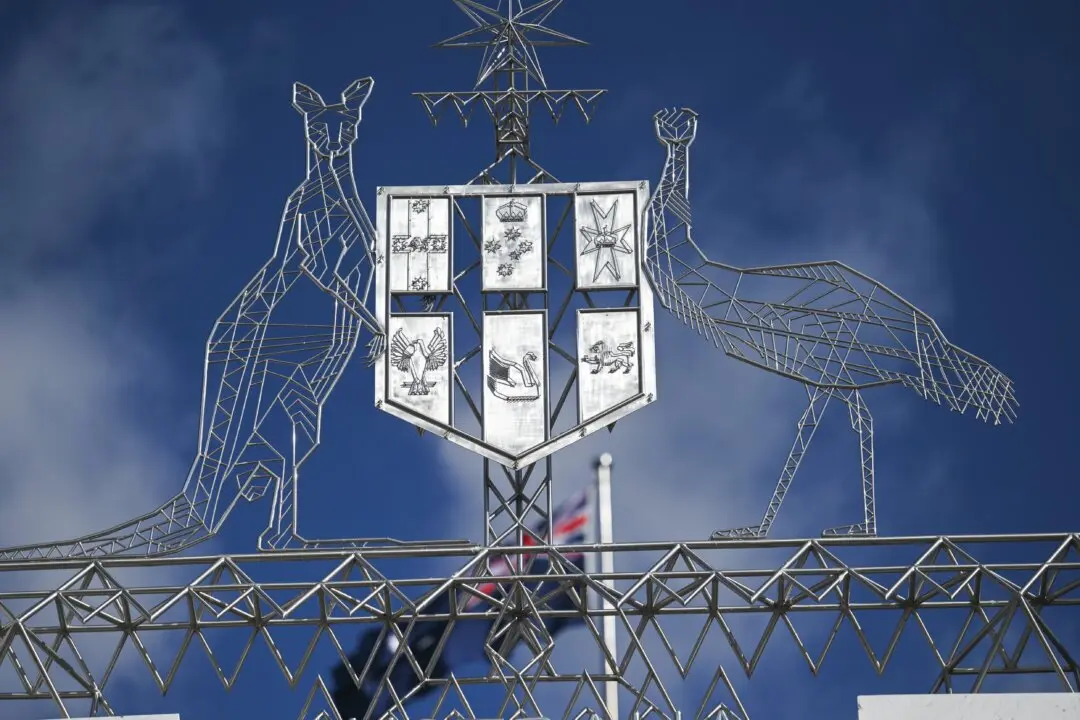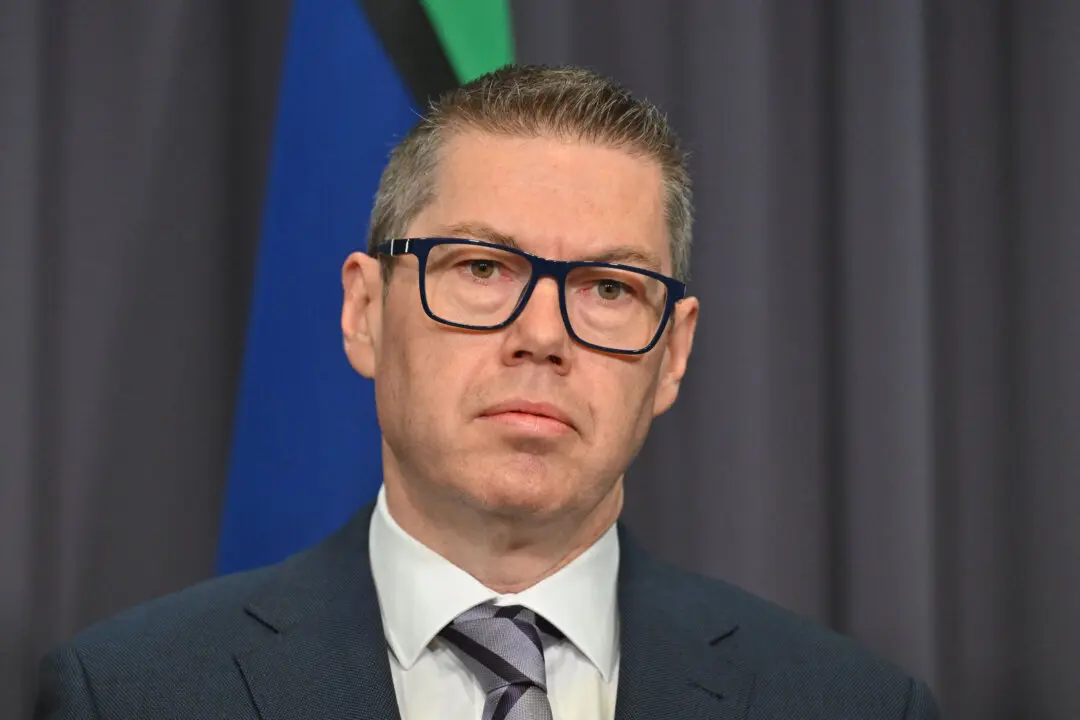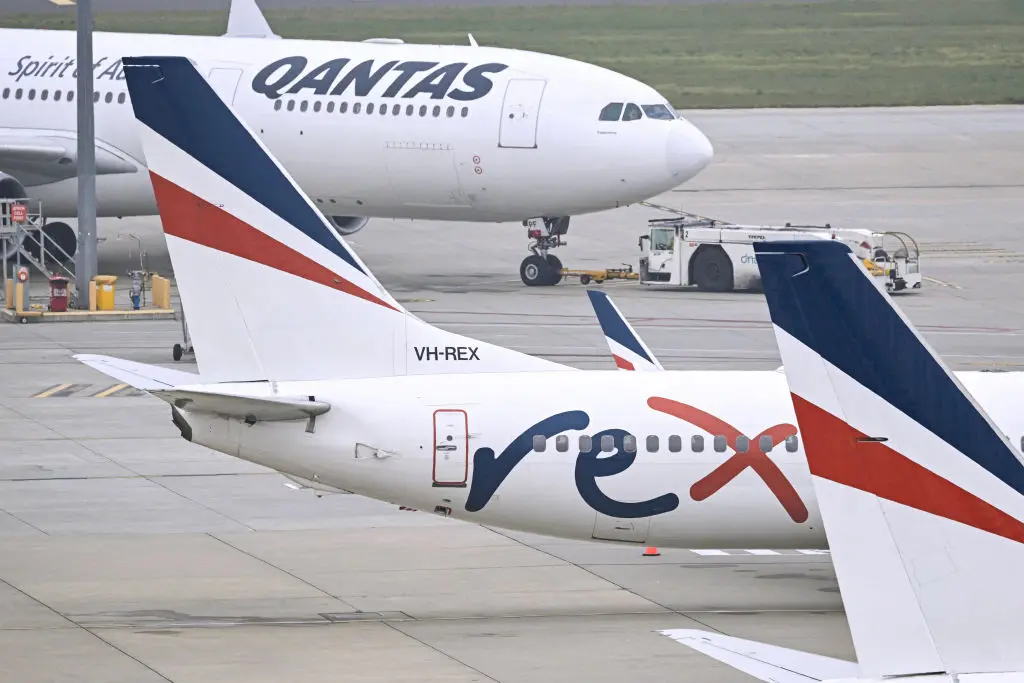Despite the Australian government pumping extra money into the budget allocation for bulk billing last year, fewer GP clinics than ever are willing to take new patients covered only by the subsidy and are increasing out-of-pocket charges.
Bulk billing was introduced in 1984. A range of health services and prices are listed in the Medicare Benefits Schedule, and under the scheme, a health services provider—usually a GP—is paid between 75 and 100 percent of the scheduled fee for inpatient services by billing the government via the patient’s Medicare card.





